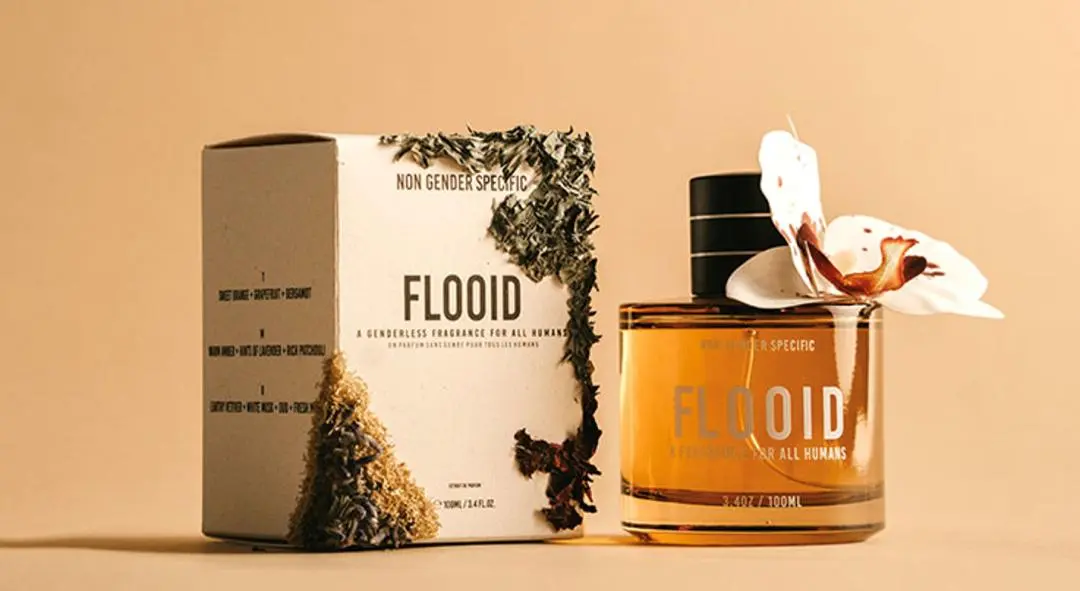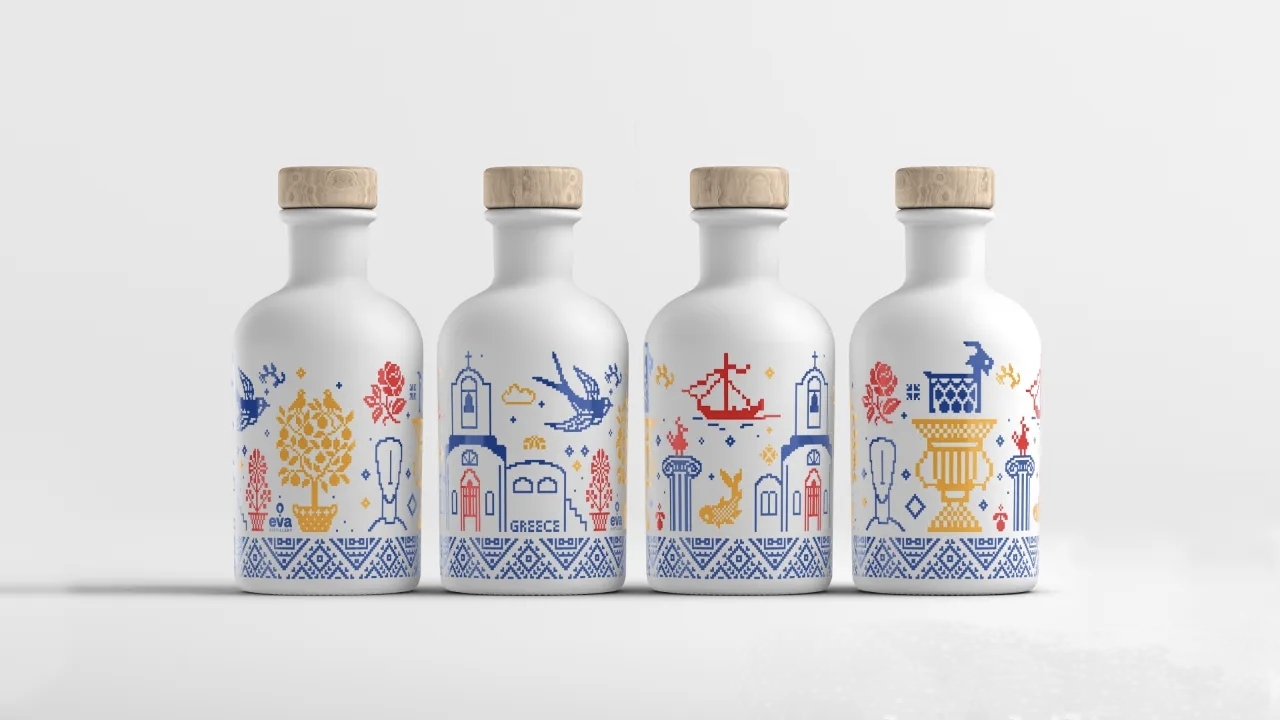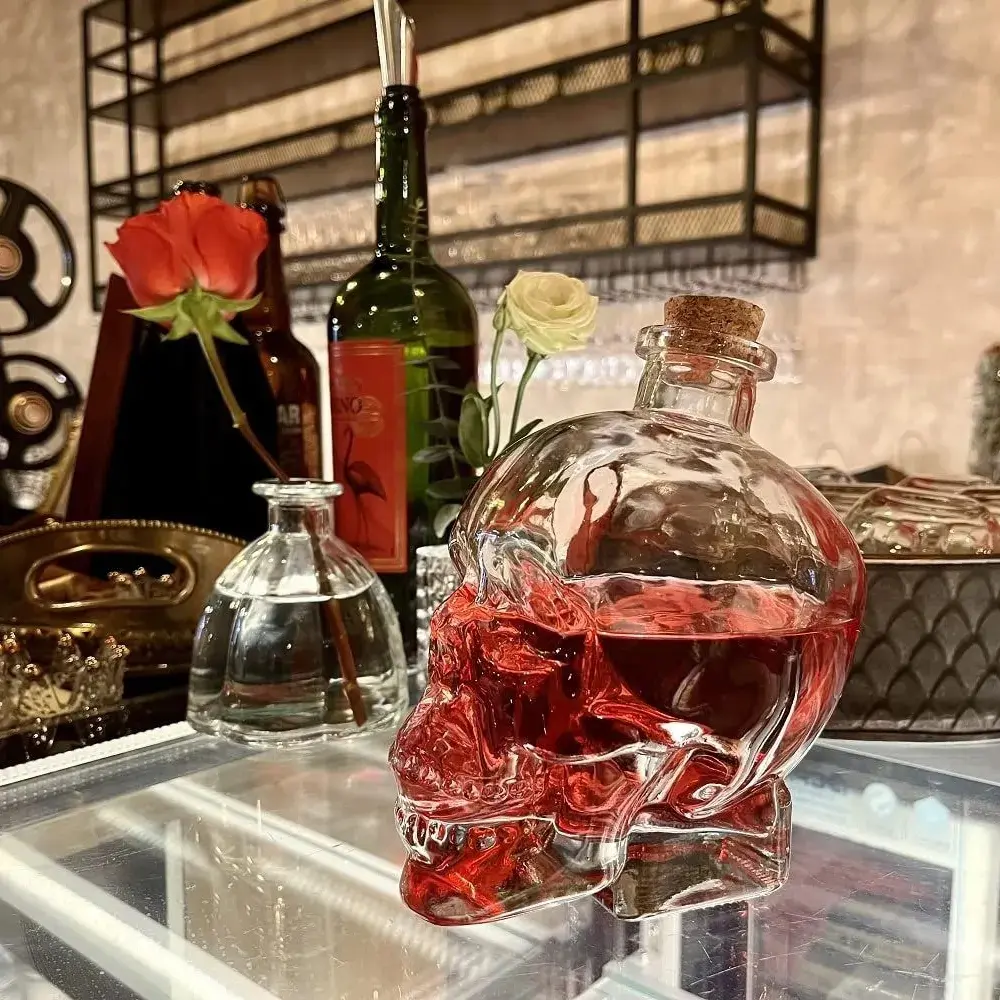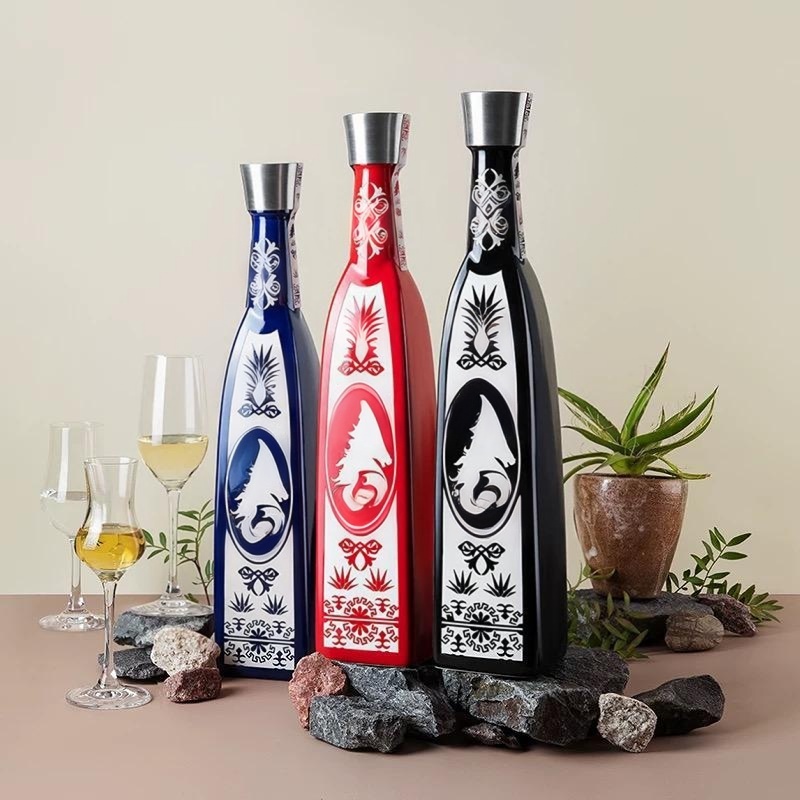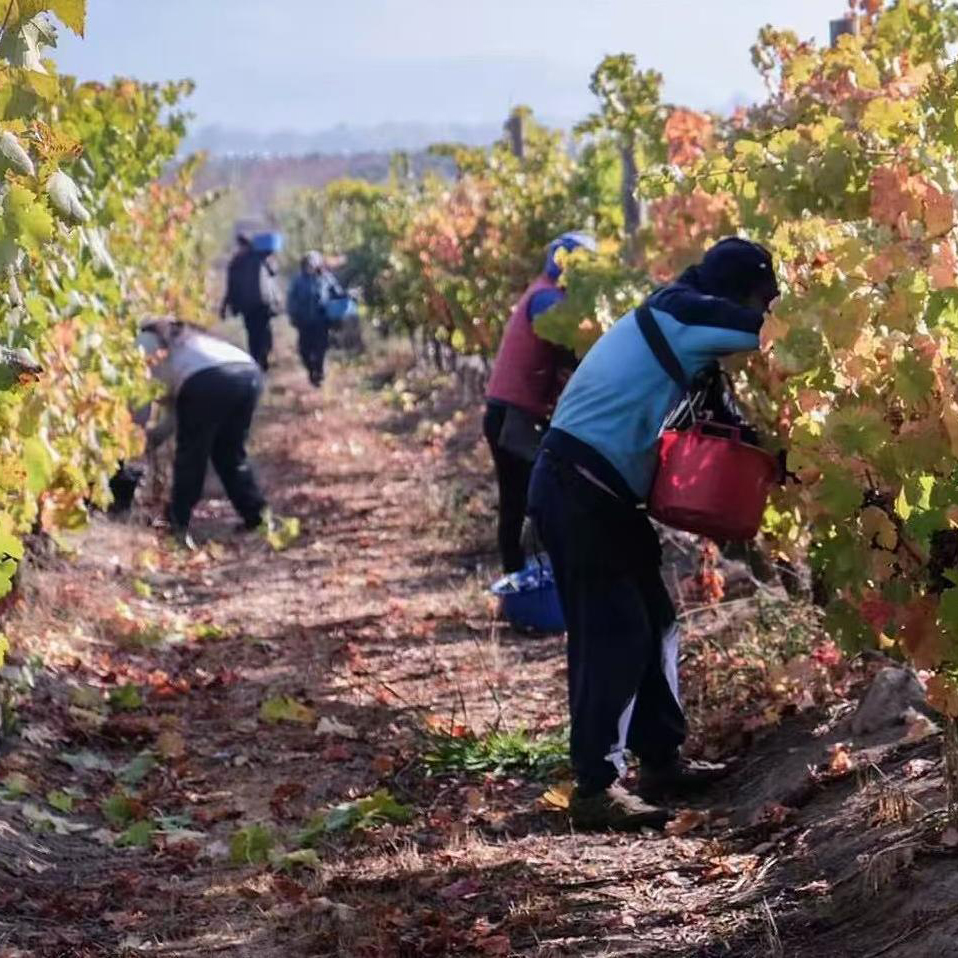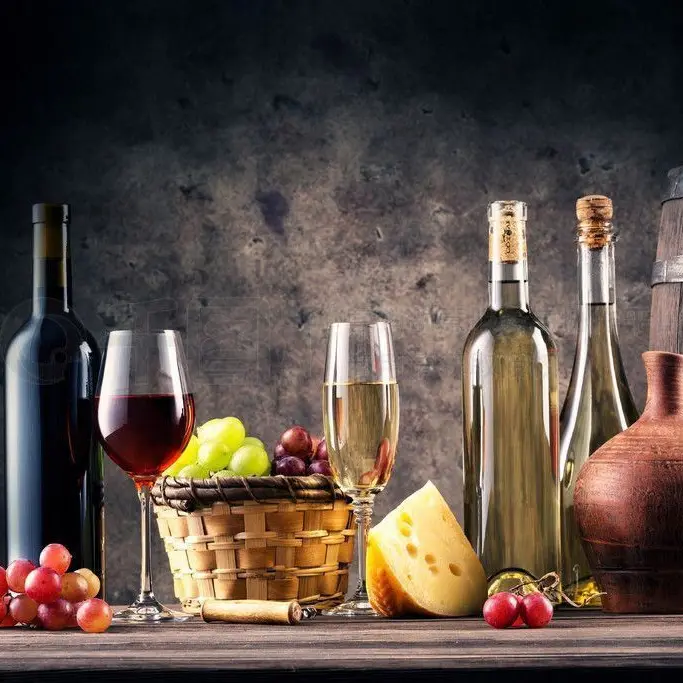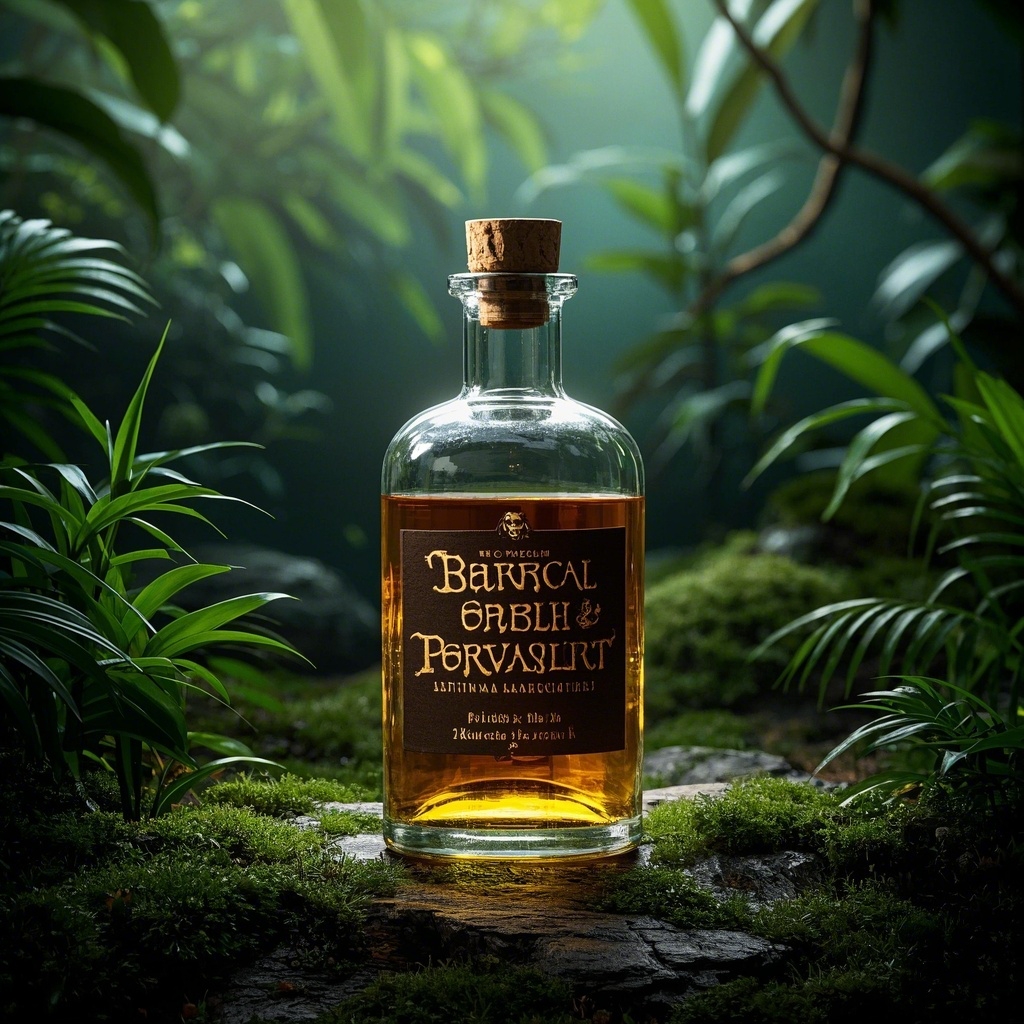Analysis of the shape of classic glass alcohol bottles: function, aesthetics and business logic Text/Packaging Industry Observation
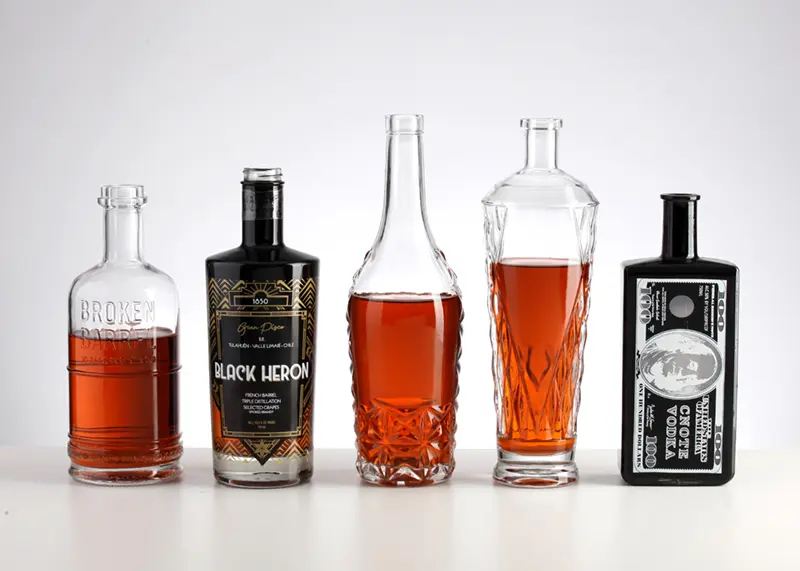
Introduction:
The scientific logic behind bottle shape selection
In the Field of Alcoholic Beverage Packaging, glass bottles have always occupied a core position due to their three characteristics of chemical inertness, environmental protection and recyclability, and high-quality texture. According to statistics from the International Glass Association, the global annual demand for glass packaging exceeds 300 billion, and the bottle shape design directly affects product positioning, transportation costs and consumer experience. This article will systematically analyze the technical characteristics and commercial value of the five major mainstream bottle shapes to provide an objective reference for the industry.
- Ordinary bottle: an industrial model of efficiency first
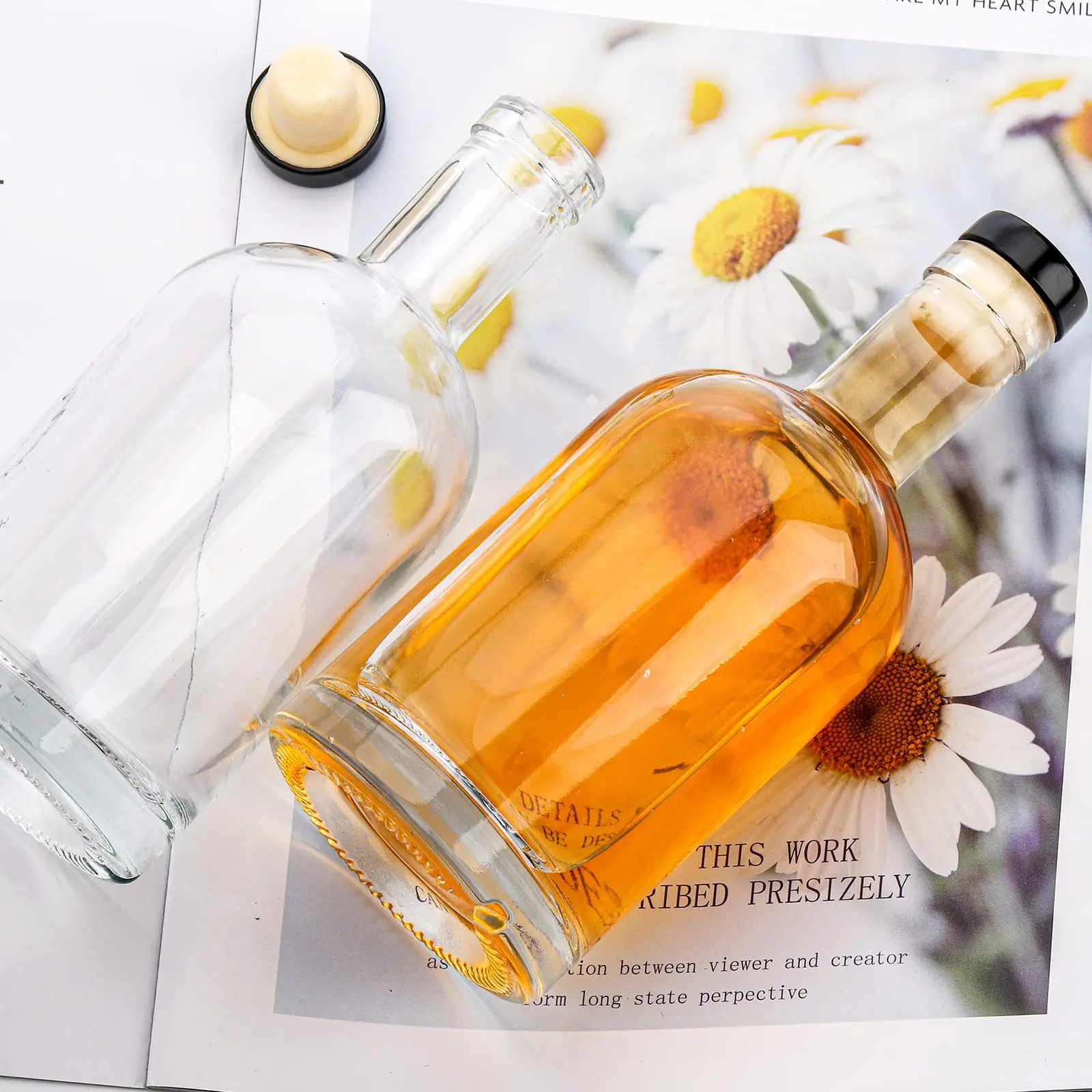 |
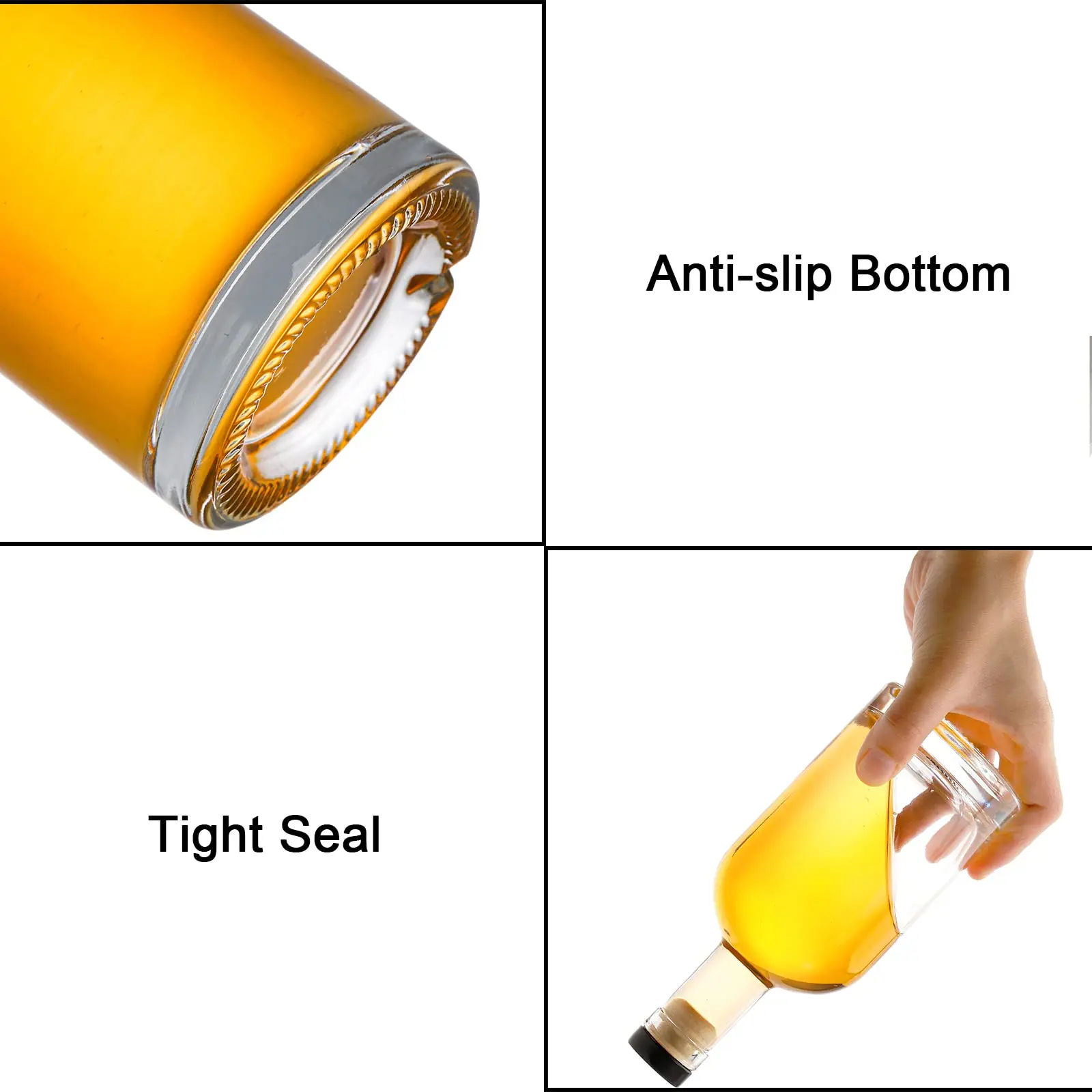 |
Structural features:
Cylindrical bottle body + slightly convex bottle bottom + shrink bottle mouth, achieving triple functionality:
Convex bottom structure improves compressive strength (laboratory load ≥50kg)
The closing design is suitable for high-speed filling lines, and the equipment compatibility reaches 98%
Application scenarios:
Light bottle liquor, beer bottle, and basic fruit wine bottle account for 60% of the mid-to-low-end market share
Innovation direction:
Industry leaders reduce the weight of 500ml bottles from 280g to 180g through lightweight processes (such as thin-wall blowing), saving 200,000 tons of glass raw materials annually.
- Rounded-corner bottles: consumer psychology in soft curves
Design principle:
Rounded corners with a radius of curvature ≥15mm trigger "tactile comfort", and wide shoulder design (such as Bordeaux bottles) enhances visual stability.
Material innovation:
High-transmittance glass (transmittance ≥91%) highlights the color of the wine and is used for flavored wines such as wine bottles and whiskey bottles.Data insights:
Market research shows that rounded-corner bottles are 37% more preferred by female consumers than ordinary bottles (source: 2024 Wine Packaging Research White Paper).
- Square bottles: brand premium created by geometric edges
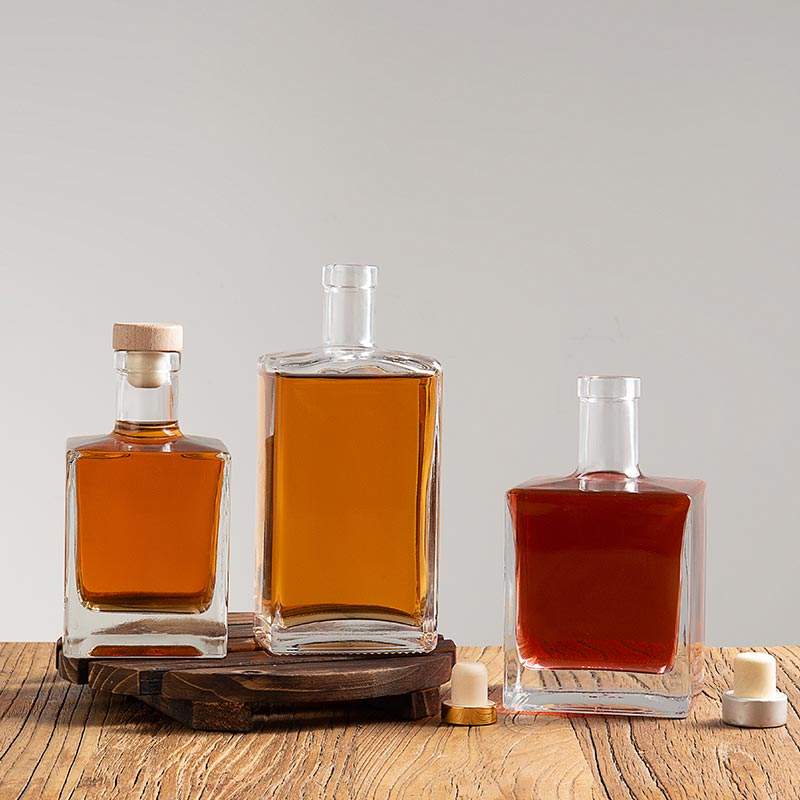 |
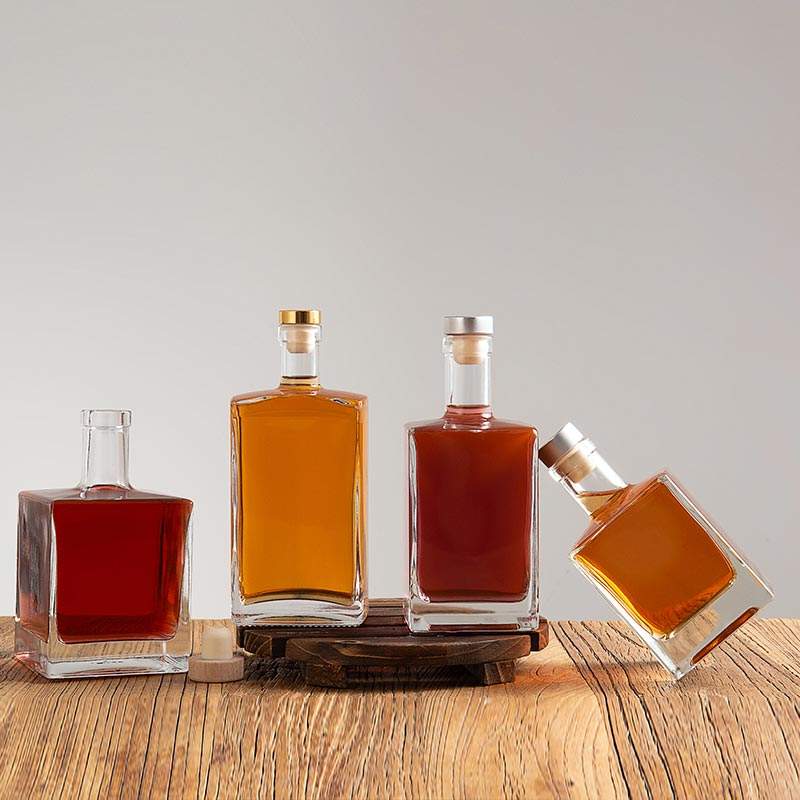 |
Technology difficulties:
Right angles need to be annealed in a step-by-step manner (620℃→450℃→280℃ slow cooling) to avoid stress cracking, and the yield rate is only 65% of that of ordinary bottles.
Commercial value:
The preferred bottle type for high-end sauce-flavored liquor and collectible foreign liquor. The cost of a single bottle can be 8-10 times that of an ordinary bottle, but the premium space exceeds 200%.
Typical case: A well-known sauce-flavored liquor brand adopted embossed square bottles, and the average customer unit price in the e-commerce channel increased by 150%.
4.Flat bottle: balance between functionality and space efficiency
Core advantages:
The flat structure reduces the transportation damage rate (40% lower than that of cylindrical bottles)
The narrow mouth design reduces the oxidation area of the wine, suitable for aroma-sensitive wines such as brandy and sake
Innovative application:
Frosted surface + partial light transmission process to achieve "visual permeability" and enhance the younger image of sake and fruit wine.
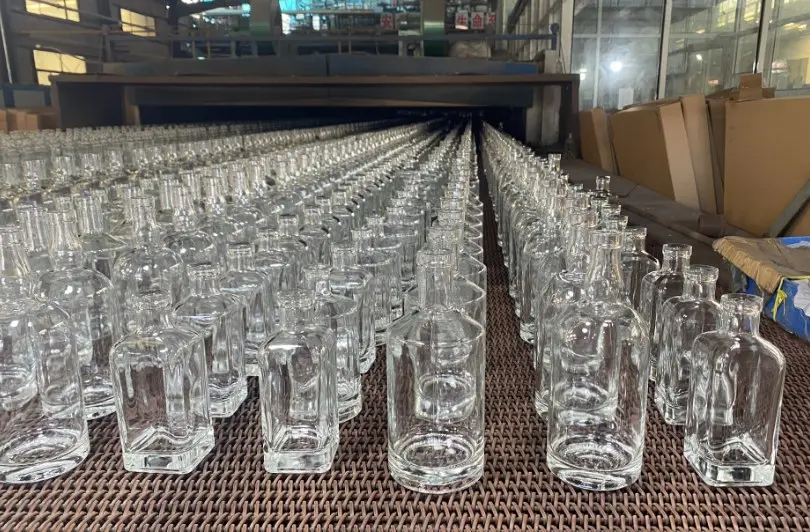 |
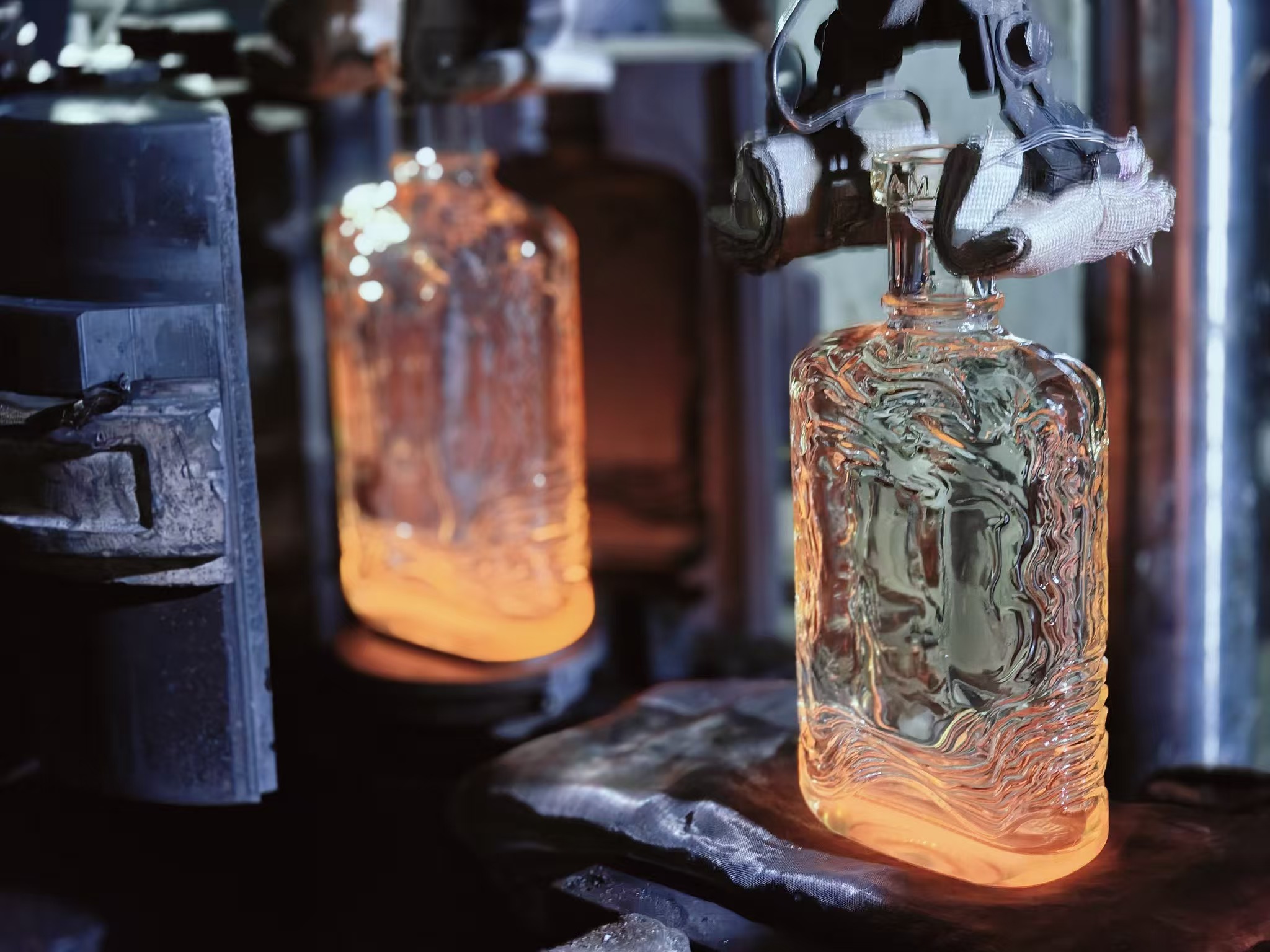
|
- Special bottle type: the breakthrough point of differentiated competition
Type Technical realization Application value
Matte bottle Surface hydrofluoric acid etching Enhanced texture, anti-fingerprint residue
Intelligent light-changing bottle Temperature-sensitive coating (color change above 30°C) Enhanced interactive experience, anti-counterfeiting traceability
Special-shaped art bottle 3D mold CNC engraving Limited edition collection premium
Bottle type selection decision model
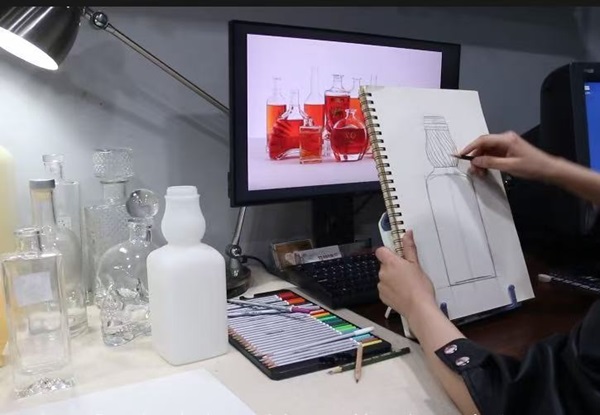
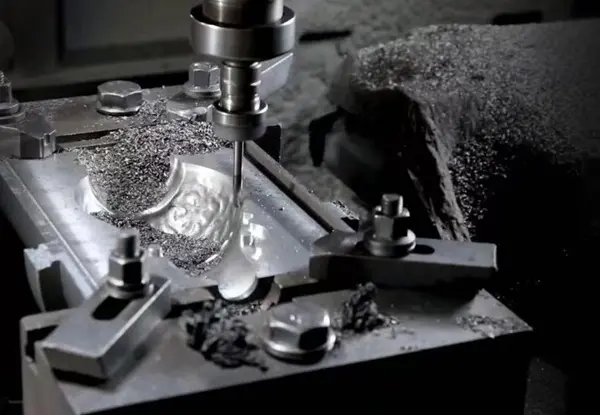
Enterprises need to comprehensively evaluate in three dimensions:
Actual cases:
Light fruit wine bottle → transparent rounded-corner bottle is preferred (highlighting color and friendly touch)
High-end collection wine bottle → square bottle + embossing process (enhancing sense of value)
Export sake bottle → flat bottle + shockproof packaging (reducing cross-border breakage rate)
Industry trend outlook
Lightweight: The average weight of 750 ml wine bottle in the industry has evolved from 560 grams to 400 grams
Green manufacturing: Electric melting furnace technology is popularized, and carbon emissions are reduced by 45% compared with traditional gas furnaces
Flexible customization: Digital glaze printing technology supports orders of 500 bottles, and the delivery cycle is ≤7 days
Bottle shape is strategy
Glass wine bottles have been upgraded from containers to brand language carriers. The technical director of a leading domestic manufacturing company pointed out: "The focus of future competition is to balance functional costs and aesthetic premiums. Lightweight basic bottle shapes and high value-added artistic bottle shapes will develop in parallel."
Industry initiatives:
Promote green lightweight standards to help achieve dual carbon goals
Establish a bottle shape database to share pressure resistance/light transmission/weight reduction parameters
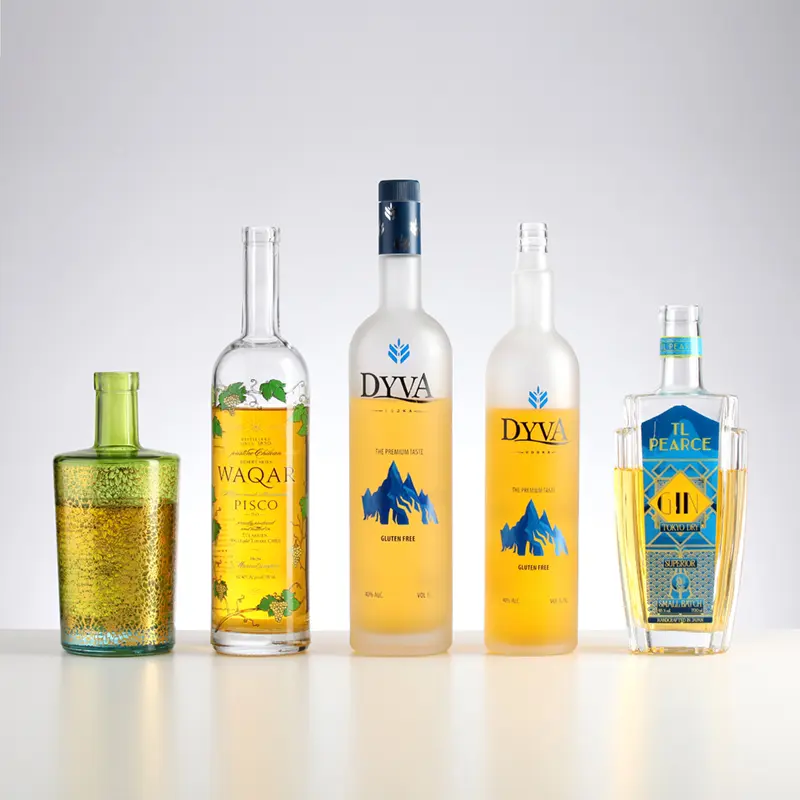 |
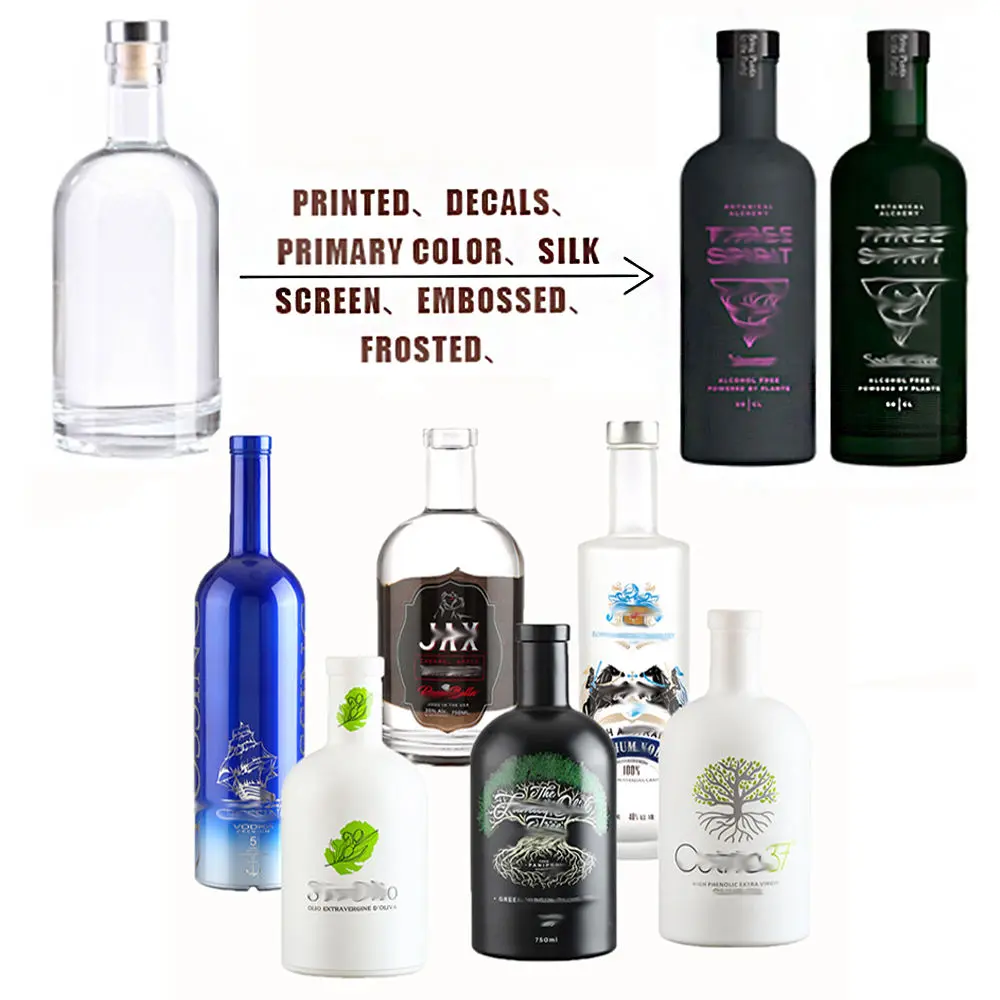 |


